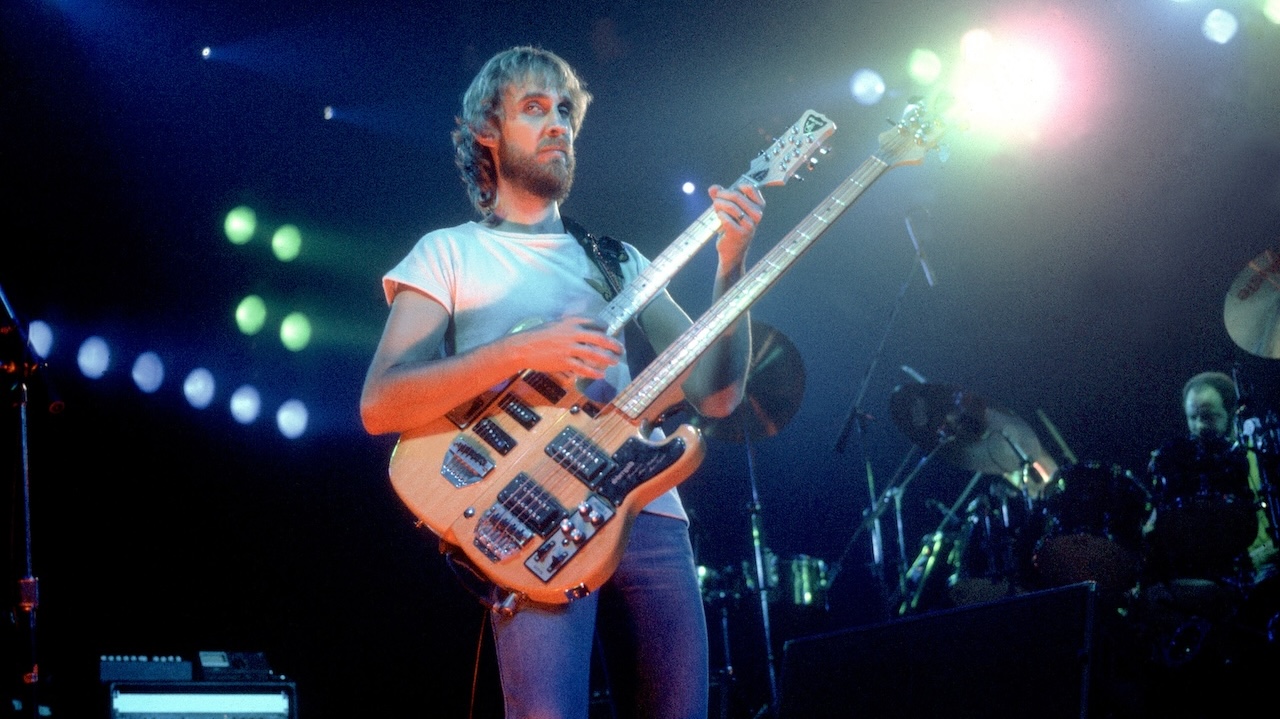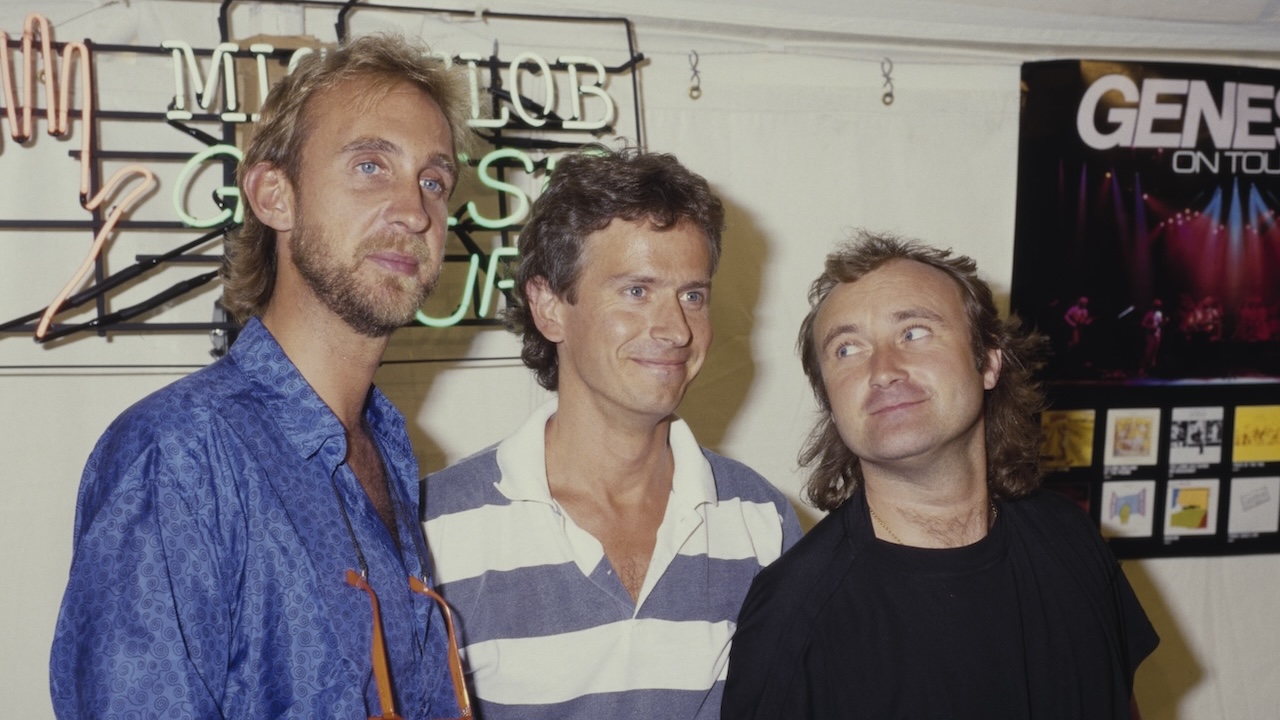
One intriguing facet of the Brit Rock phenomenon is the number of talents adept at both guitar and bass guitar, Paul McCartney and Ron Wood among them. Few, however, have retained their fretboard duality and grasped the art of each instrument as well as Mike Rutherford, of prog rock cornerstones Genesis.
As a teen, Rutherford played guitar first, but he then fell in love with bass, mainly influenced by McCartney, as well as Jack Bruce and James Jamerson.
“It took me a while to learn that a guitarist can't play bass,” he told Bass Player. “It's about more than just getting the notes right. You have to understand the concept.”
Further individualizing Rutherford's low-end approach in Genesis was the departure of guitarists Anthony Phillips and Steve Hackett (not to mention vocalist Peter Gabriel), leading Rutherford to track his bass later in the recording process.
“In the late ’70s, I would write on guitar and we would track bass last. As a result, some of the note choices would define the chords too much, so I'd end up with some non-traditional basslines to retain the open sound we wanted.”

This same era found the trio (Rutherford, keyboardist Tony Banks, and singer/drummer Phil Collins) scaling down its sound, the result of the popularity of new wave, and Collins's pop leanings.
Having applied the formula with increasing commercial success via And Then There Were Three and Duke Atlantic, 1981's Abacab became the group's first platinum-selling disc.
Clearing the way up the charts was Rutherford's ‘lead’ bass and Earth, Wind & Fire's Phenix Horns, on the band-written Top 40 hit, No Reply at All.
The session took place in early 1981, at Fisher Lane Farm Studios, in Chiddingfold, Surrey, England. Rutherford plugged his Alembic Series 1 into a DI and a Trace Elliott head with a mic’d Trace 4x10 cabinet and recorded to a drum machine and Collins's guide vocals. The pair (along with engineer Hugh Padgham) then flew to L.A. to record the Phenix Horns, whose parts were arranged by R&B producer Tom Tom 84.
The song begins with an angular three-bar phrase that gives the verses an almost turned-around feel. Rutherford plays eighths on the downbeat and catches the horn hit on three of bar 1, and three and four of bar 3.
“Because we were using the Phenix Horns, I felt we were in new territory, so in a sense I was trying to be a bit different when it came to the bassline. As normal, the part arrived as I jammed with Phil’s drums, but I do remember overdubbing some additional phrases later, after the horns went down.”
Collins's vocal verse begins with two three-bar phrases, followed by a four-bar phrase on the VI chord. Next up is an abbreviated chorus section due to the double-verse this time through. For the standard four-bar chorus, Rutherford makes use of a vocal pause at 00:56 for a tasty fill. The following bars, meanwhile, find him doubled by the horns.

Arriving at 01:01, the track's energy (and technical) highpoint, Rutherford doubles the horn solo well up the fingerboard – even playing a fill while the horns take a breath.
“I always like it when the horns and bass double up, but you can't do it for long – otherwise it gets boring and doesn’t have the effect of adding a strong stamp to that part of the song.”
This sets up a second transition, at 01:09, with Rutherford using Motown-style motion to shadow and propel Collins's vocal. He then connects his doubled vocal kicks with a descending pentatonic fill, and matches the horn kick at 01:24.
With the song ready to ride out on the four-bar phrase of the chorus, Rutherford changes up his part (starting at 03:22) to an almost keyboard-like syncopated octave figure.
He also finds time to add upper-register slide-downs and catch the horns' answer to the vocals. Throw in some spontaneous fills and it's clear Rutherford is enjoying himself and letting off steam.
“On fadeouts I always feel it's a chance to say, Okay, I've established the basslines and played them enough; now I can improvise a bit more.”
Perhaps the ultimate expression of the Genesis man’s six-string spanning technique was Mike Rutherford’s double neck bass and electric guitar.







